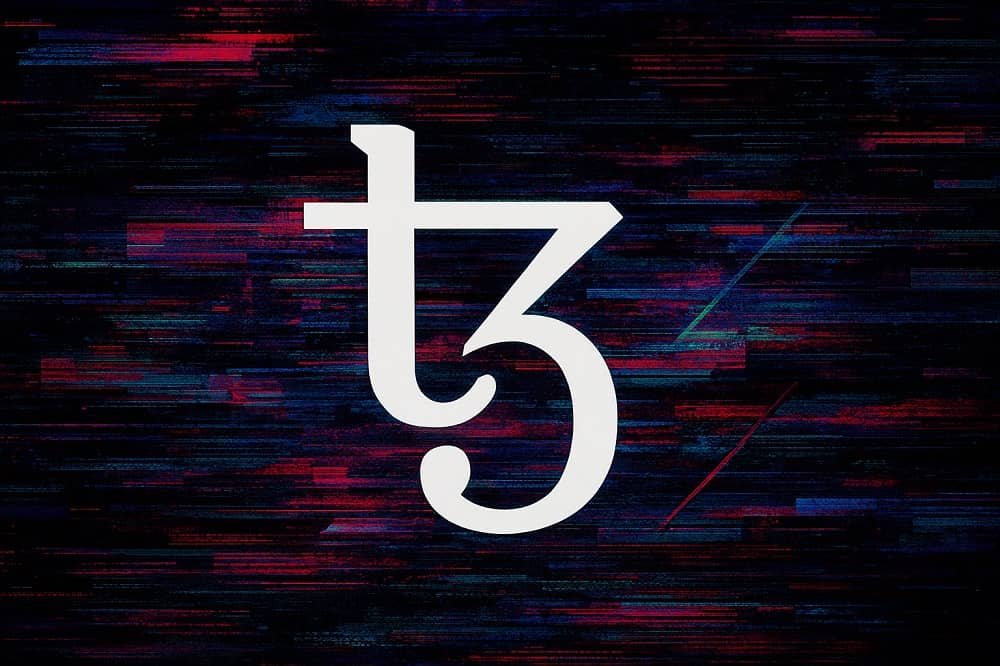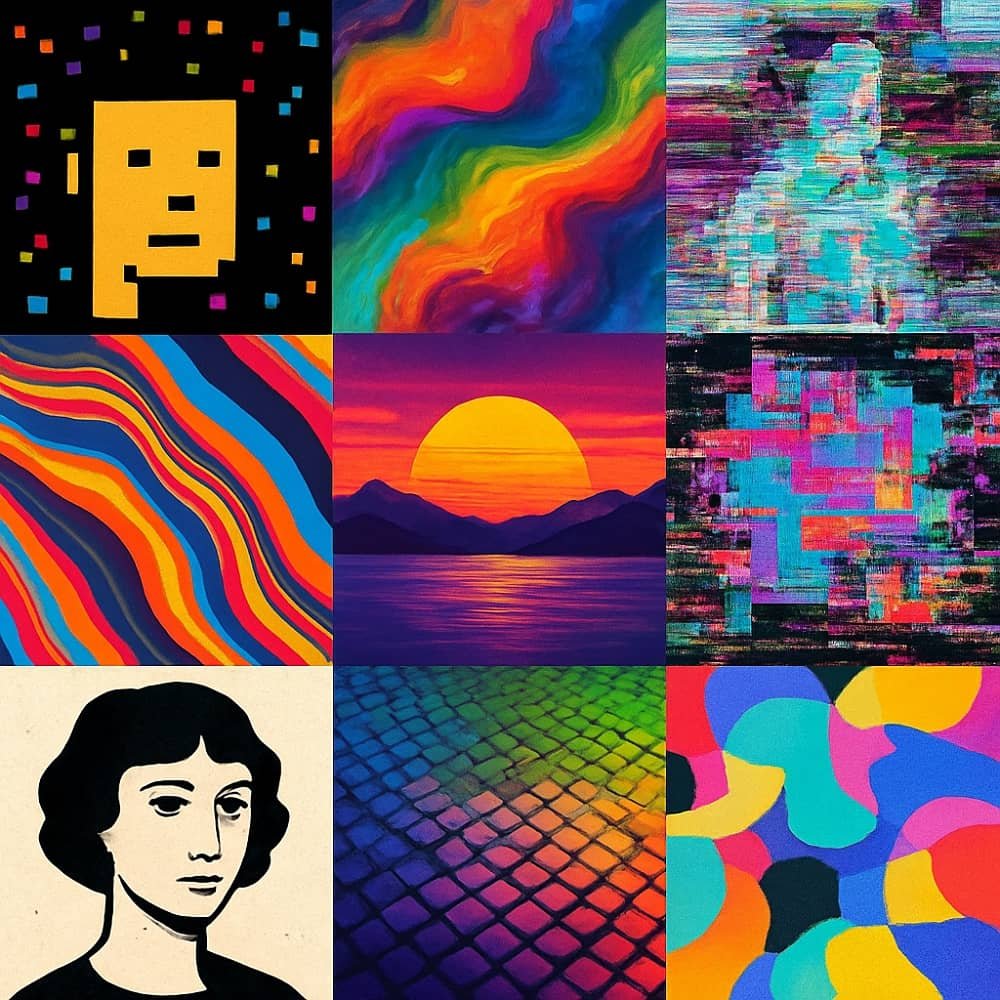Hicetnunc art refers to the experimental, community-driven NFTs born on Hic et Nunc — the minimal, low-fee Tezos marketplace that reshaped digital art in 2021. This longform guide explains what Hicetnunc art is, the platform’s history (launch, shutdown and resurrection by forks), how the tech works, how to find and mint HEN-style work today, notable artists, cultural impact, criticisms, preservation, and the movement’s future. Dates, contract IDs, platforms and concrete how-tos included.
Table of contents
- What is “Hicetnunc art”? (definition & essence)
- Timeline: when Hic et Nunc appeared, exploded, and what happened in Nov 2021
- The tech behind HEN art (Tezos, smart contracts, IPFS, contract ID)
- The aesthetic & community: what HEN art looks and feels like
- Where to find Hicetnunc art today (markets, mirrors, archives)
- How to collect HEN art (step-by-step basics)
- How to mint HEN-style art today (tools, platforms, best practices)
- Notable artists, works and cultural moments
- Criticisms, controversies, preservation & legal issues
- The movement’s legacy and future directions
What is “Hicetnunc Art”?
- Literal meaning: The phrase comes from Hic et Nunc — Latin for “here and now.” On the web it became shorthand: HEN = the platform; “Hicetnunc art” = art minted on HEN and work reflecting that platform’s ethos.
- Two linked senses: (A) the on-chain tokens created by the original HEN smart contract(s), and (B) the cultural/aesthetic movement — often experimental, low-barrier, community-oriented digital art.
Timeline — When: launch, boom, and the November 2021 shutdown
- Launch: Hic et Nunc launched in early 2021 (commonly cited date: March 1, 2021). It was built by Brazilian developer Rafael Lima as a minimalist marketplace for NFTs on the Tezos blockchain.
- Rapid growth: During 2021 Hicetnunc art grew quickly as artists seeking lower fees and greener blockchains migrated from Ethereum. By mid-2021 it had a massive global user base and daily activity that rivaled larger NFT marketplaces in certain metrics.
- Crisis / shutdown: On November 11–16, 2021, the website hicetnunc.xyz was taken offline by the founder; the action—announced as “discontinued”—sparked community confusion and drama. The underlying smart contracts and on-chain tokens were not erased; rather the site’s frontend and domain were pulled. Community mirrors and forks rapidly surfaced to keep the ecosystem alive.
The Tech: Tezos, smart contracts, IPFS, and the HEN contract

- Blockchain: HEN ran on Tezos (XTZ) — a proof-of-stake chain notable for very low gas costs and a much smaller energy footprint than Ethereum circa 2021. That made it attractive to environmentally conscious artists.
- Smart contracts: The marketplace operated via Tezos smart contracts that minted NFTs (sometimes referred to as “OBJKT” tokens or “objkts” within the ecosystem). These contracts record token metadata and ownership on-chain. The architecture and contract versions are public; developers and researchers have analyzed their versions and migrations.
- Storage of media: Media files (images, gifs, GLBs, HTML, audio) were, in most cases, stored on IPFS (the InterPlanetary File System) — a distributed content addressing system. Because imagery was referenced by content hash on IPFS, the media was resilient even if the original web front end vanished. That is a key reason HEN content remained accessible after the site went down.
- Contract identifier: The HEN ecosystem’s tokens are often tracked via the main HEN contract addresses on Tezos (these contract addresses are used by marketplaces and explorers to identify HEN objkts). (If you want the exact contract IDs to search for on block explorers or marketplaces, I can list them and show how to look them up.)
The Aesthetic & Community — What makes Hicetnunc art Distinct?
Hicetnunc art’s identity was as much social and cultural as it was technical:
- Low-friction & experimental: No gatekeeping, low minting costs, easy publishing — which encouraged playful, experimental, and generative works (p5.js, Processing, Hydra, small animation loops, glitch art).
- Global & diverse: Because fees were low and the UI simple, artists from the global south and less wealthy regions found access in HEN that wasn’t possible on high-fee Ethereum markets. That inclusivity shaped HEN’s community identity
- Collaborative, memetic culture: HEN spawned community rituals — gifting small editions, collabs, fast memetic exchanges, and in-platform tools and bots. It felt like a grassroots art movement, not a glitzy marketplace.
- Minimalist UX: The original HEN interface was purposely simple and unadorned — it signaled “art over commerce.” Many users loved that rawness; some critics said it lacked governance or moderation.
Where to find Hicetnunc art right now (markets, mirrors, archives)
Even though hicetnunc.xyz went offline, the art and contracts live on. Key places to explore:
- com — the largest Tezos marketplace; it indexes and lists many HEN tokens and collections, and acts as a major hub for trading and discovery. Search for hicetnunc collections there.
- art — a community-run fork and spiritual successor to HEN; it preserves the HEN ethos and provides tools for minting, trading, and community governance. Teia positions itself as an open, community owned continuation.
- af / hicetnunc.art — mirrors and lightweight front ends that replicate the original HEN UI and let the community keep interacting with the original smart contracts. These were critical after the 2021 shutdown.
- Blockchain explorers & IPFS gateways — you can look up HEN contract transactions and metadata on Tezos explorers (e.g., TzKT, Better Call Dev) and fetch media via IPFS if you have the content hash.
How to collect Hicetnunc art (step-by-step basics)
If you want to buy or collect authentic HEN objkts:
- Get a Tezos wallet — Temple, Kukai, or Beacon Wallet are popular choices for interacting with Tezos marketplaces.
- Buy XTZ — purchase Tezos tokens on an exchange and transfer to your wallet.
- Choose a marketplace — Objkt.com or Teia.art are the most common for HEN objects. Use the platform’s search and filters for “hicetnunc” or the HEN contract address.
- Verify provenance — check the token’s contract address, token ID, edition number, and minting metadata. Because the smart contract and IPFS hashes are public, you can verify the token’s authenticity on chain.
- Buy or place an offer — follow the marketplace’s buy/listing flow and sign transactions with your wallet. Keep in mind marketplace fees (Tezos gas fees are low).
How to mint “HEN-style” art today (tools, platforms, and best practices)
If you want to create work that fits the HEN spirit — or to mint to Tezos — here’s how:
Where to mint
- Hicetnunc art — community fork of HEN; recommended if you want the closest HEN experience.
- af or other HEN mirrors — some mirrors allow minting through the original contract interface. Use with caution and verify the front end’s control and security.
Tools creators often use
- Generative frameworks:js, Processing, OpenFrameworks, Hydra for live visuals and generative loops. Static / GIF / WebGL: Blender, After Effects, three.js / GLB for 3D.
- Packaging: Create a clean metadata JSON (title, description, creators, license). Use IPFS to pin your media (services: nft.storage, Pinata, or community IPFS pinning services).
- Minting steps: upload your media (or IPFS content hash) to the minting UI, set edition size/royalties, and approve the Tezos transaction in your wallet. Because fees are low on Tezos, you can experiment affordably.
Best practices & community norms
- Be transparent: include clear metadata and licensing. HEN community often values open or permissive approach (some artists use CC0).
- Participate: Hicetnunc art has always been as much social as technical — engage on Discord/Twitter/collector communities.
- Use IPFS properly: pin your content to reputable pinning services so media remains available.
Notable artists, works and cultural moments
HEN’s community was broad — listing every artist would be impossible here, but highlights and patterns matter:
- Generative and GIF artists — many generative coders and pixel/GIF artists became central figures in the HEN landscape. The platform gave global visibility to artists who might not have been visible on Ethereum.
- The November 2021 “pull the plug” event — became a mythic moment in Web3 culture: the site’s disappearance, the portrait “DECENTRALIZED” (an ironic portrait of HEN’s founder) and the community-led resurrection via mirrors and Teia created a story often cited in essays about decentralization vs single-operator risk.
(If you want, I can assemble a curated list of the top 20 HEN artists by volume or influence, with links and short bios.)
Criticisms, controversies, and preservation challenges
HEN’s rise was not free from critique:
- Single-operator risk: Although the art lived on chain, the fact that one developer controlled the main frontend and domain created a vulnerability — exemplified by the sudden shutdown. The incident sparked debates about true decentralization.
- Moderation & content concerns: HEN’s openness meant that problematic content could appear; there were community debates about curation vs openness.
- Contract versions & compatibility: HEN deployed multiple contract versions, which sometimes caused compatibility issues and confusion for new tools.
- Legal & IP questions: As with all NFT markets, questions about copyrights, licensing, and what ownership of an NFT actually confers (token ownership vs copyright) remain open and depend on metadata and the creator’s license. Community norms on HEN often leaned toward openness, but legal clarity is still necessary.
Preservation, forks, and the movement’s future
- Why the art survived: Because the token ownership and metadata are on the Tezos blockchain and media was stored via IPFS, HEN objects could remain accessible even if the web UI disappeared. That resilience demonstrates the point of decentralized asset storage (though front-end tooling and community coordination still matter).
- Community forks: After the shutdown, art emerged as a major community fork and continuation, organizing governance and building feature parity with HEN. The Teia project even ran community token drops and governance planning for a community-owned platform.
- Legacy: HEN’s core legacy is cultural: it proved that low-fee, low-barrier NFT platforms can unlock broad, experimental creativity worldwide. The experience shaped conversations about governance, decentralization, and how communities can steward shared infrastructure.
Practical resources & links (where to start right now)
- Objkt (discover & trade HEN tokens):com — search collections for hicetnunc art.
- Teia (community fork & minting):art — the closest ongoing HEN experience.
- af (mirror): hen.hic.af — a mirror interface many used post-shutdown.
- Tezos & developer resources: Teia GitHub (teia-community/teia-ui) for code and the community repo.
Closing — Why Hicetnunc art matters
Hicetnunc art was more than a website — it was a social experiment that showed how a low-cost, minimalist on-chain marketplace could open NFT creation to a truly global and experimental community. The abrupt shutdown in November 2021 revealed tensions between “decentralized” data and centralized control of user interfaces, but the rapid rise of mirrors and forks proved the resilience of on-chain assets and the power of community stewardship. Today, Hicetnunc art lives on in collections, galleries, forks like Teia, and in the many artists who learned that small, accessible tools can unlock radical creativity.
Frequently asked questions (FAQ)
Q: Is Hicetnunc art still collectible if the old site is gone?
A: Yes — the NFTs and ownership data live on the Tezos blockchain and media is usually on IPFS. Marketplaces like Objkt and community forks let you view and trade those tokens.
Q: Who built Hic et Nunc?
A: It was built by Brazilian developer Rafael Lima and launched in early 2021. The founder later shut down the site in November 2021, which led to community forks and mirrors.
Q: What makes HEN different from OpenSea or other NFT marketplaces?
A: Lower minting fees (Tezos gas is small), a minimalist interface, and strong emphasis on open, experimental art from a global community — plus the culture of collaboration and gifting within the platform.
Q: Where can I mint if I want the HEN experience?
A: Use Teia.art or certain HEN mirrors that allow minting. Teia is the main community continuation.
Sources & further reading (selected)
- Teia.art — Teia: fork of hic et nunc (launch announcement & community info). Teia Community Updates & Resources+1
- The Art Newspaper — Founder of Hic et Nunc pulls the plug (Nov 16, 2021) (coverage of the shutdown). Art Newspaper
- Coindesk — Hicetnunc resurrection and decentralized infrastructure (analysis of what the shutdown meant for decentralization). CoinDesk
- Objkt.com — hic et nunc collections and listings (where many HEN tokens are discoverable). OBJKT+1
- Teia GitHub — teia-community/teia-ui (open source front end for Teia). GitHub




